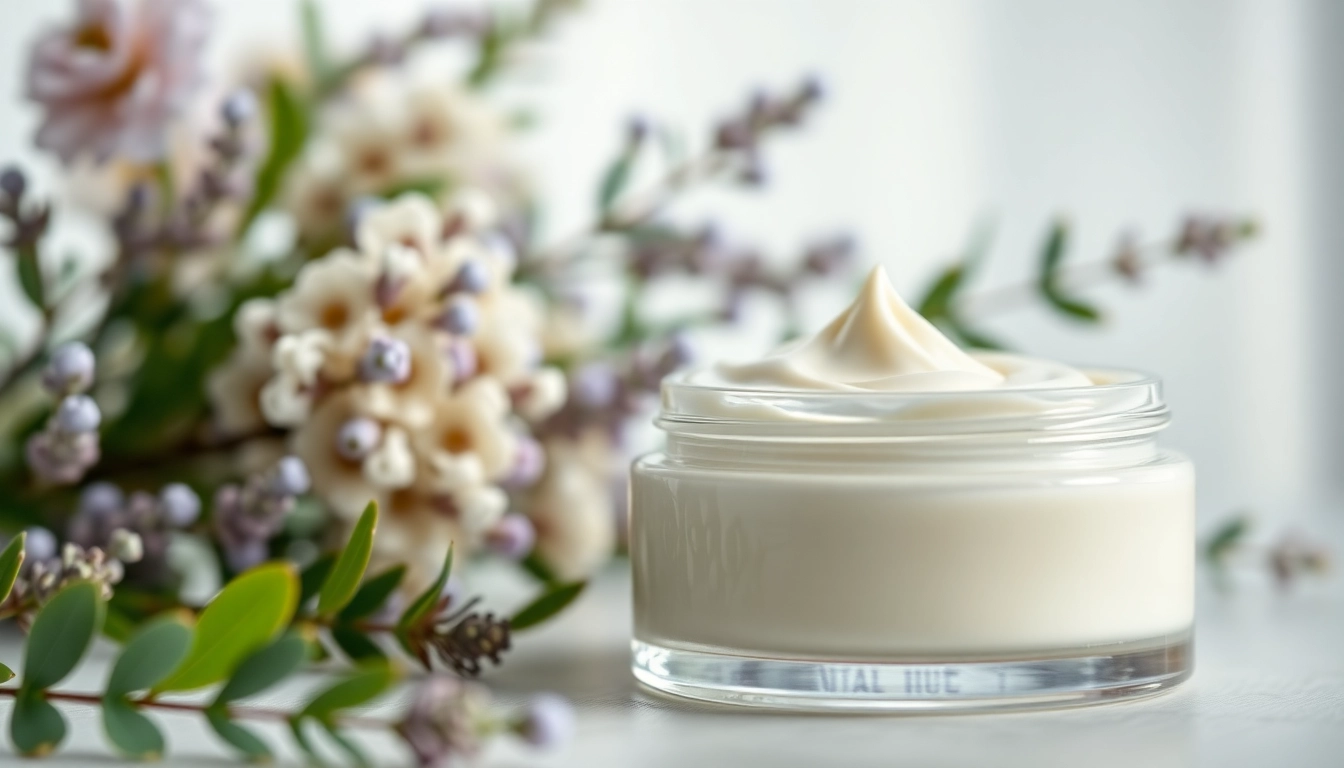
Understanding Hand Moisturisers
1. What is a Hand Moisturiser?
A hand moisturiser is a topical product designed to provide hydration and nourishment to the skin of the hands. Given the hands are often exposed to various environmental factors such as harsh weather, frequent handwashing, and the use of sanitizers, they tend to lose moisture and become dry or chapped. A hand moisturiser works by creating a protective barrier on the skin, retaining moisture, and replenishing essential nutrients to keep the skin smooth and supple. Incorporating a reliable hand moisturiser into your daily routine is crucial for maintaining healthy skin.
2. Key Ingredients to Look For
When selecting a hand moisturiser, the ingredients play a pivotal role in its effectiveness. Here are some key components to look for:
- Hyaluronic Acid: Known for its exceptional moisture-retaining properties, hyaluronic acid helps to keep hands hydrated throughout the day.
- Glycerin: A humectant that draws moisture from the environment into the skin, glycerin is often included for its ability to soften and smooth the skin.
- Shea Butter: Rich in fatty acids and vitamins, shea butter provides both hydration and nourishment, making it ideal for restoring dry skin.
- Ceramides: These lipids are essential for maintaining the skin’s barrier, preventing water loss, and promoting overall skin health.
- Aloe Vera: With soothing and healing properties, aloe vera is excellent for calming irritated skin and enhancing moisture retention.
3. Benefits of Using Hand Moisturisers
The benefits of using hand moisturisers extend beyond mere hydration. Regular application can significantly improve skin condition and lead to several desirable outcomes:
- Prevention of Dryness: Moisturisers act as a buffer against environmental extremes, preventing the skin from cracking and peeling.
- Reduction of Signs of Aging: Keeping hands moisturised can reduce the appearance of fine lines and wrinkles, helping them look youthful.
- Enhanced Skin Barrier: A good hand moisturiser supports the skin barrier function, which is essential for overall skin health.
- Comfort and Relief: Many hand creams contain ingredients that soothe irritated skin, leading to comfort after exposure to irritants.
Choosing the Right Hand Moisturiser for Your Skin Type
1. Moisturisers for Dry and Chapped Hands
If you frequently suffer from dry or chapped hands, opt for a richer cream that contains occlusive agents such as petrolatum or lanolin. These ingredients provide a protective layer and lock in moisture. Additionally, hand moisturisers containing oils such as jojoba or sweet almond oil are beneficial as they deeply penetrate the skin, offering more hydration.
2. Lightweight Options for Oily Skin
Individuals with oily or combination skin will benefit from lighter, non-greasy formulations. Look for gel-based moisturisers or those labelled as “oil-free.” Ingredients like aloe vera or lightweight oils can hydrate the skin without leaving a heavy residue or increasing oiliness.
3. Sensitive Skin: What to Avoid
For those with sensitive skin, it’s essential to select hand moisturisers that are free from common irritants. Avoid products with synthetic fragrances, alcohols, or parabens, which can exacerbate skin sensitivity. Instead, look for hypoallergenic formulas containing soothing ingredients like chamomile or calendula.
How to Apply Hand Moisturiser Effectively
1. Step-by-Step Application Guide
Applying hand moisturiser effectively can maximize its benefits. Follow these steps for optimal results:
- Start with clean, dry hands to ensure better absorption.
- Dispense a small amount of moisturiser onto the palm of one hand.
- Rub your hands together to warm the product slightly, which enhances penetration.
- Begin by applying the moisturiser to the backs of your hands, using a gentle circular motion.
- Continue to rub the product into your hands, ensuring you cover all areas, including between the fingers and on the wrists.
- For added hydration, allow the moisturiser to absorb before applying any additional layers such as lotions or creams.
2. Importance of Timing
The timing of your moisturiser application is crucial for achieving the best results. It’s most effective to apply hand moisturiser after washing hands, as this is when the skin is most vulnerable to moisture loss. Additionally, using moisturiser overnight can enhance its effects, particularly if you cover your hands with cotton gloves to lock in moisture while you sleep.
3. Common Mistakes to Avoid
Here are a few common mistakes people make when using hand moisturisers, along with tips to avoid them:
- Applying too little: Use enough product to adequately cover all areas without feeling greasy.
- Not applying consistently: Regular application is key, especially after handwashing or exposure to harsh elements.
- Disregarding areas: Pay attention to often-neglected spots such as the cuticles and spaces between fingers.
DIY Hand Moisturiser Recipes
1. Nourishing Natural Ingredients
If you prefer a natural approach, creating your own hand moisturiser can provide personalized benefits. Consider using nourishing ingredients like:
- Coconut oil: Known for its moisturizing and antimicrobial properties.
- Shea butter: Offers a creamy texture and deep hydration.
- Essential oils: Such as lavender or tea tree for added fragrance and skin benefits.
2. Customizing Your Moisturiser
To customize your DIY hand moisturiser, combine the following base ingredients:
- 1/2 cup of shea butter.
- 1/2 cup of coconut oil.
- 10 drops of your preferred essential oil.
Melt the shea butter and coconut oil together, then stir in the essential oil. Allow it to cool and solidify in a container for use as needed.
3. Storing Your Hand Cream Safely
For maximum efficacy, store your DIY hand moisturiser in a cool, dark place to prevent degradation of its natural ingredients. Use a clean spatula or your fingers to dispense the product, minimizing contamination from exposure to air or moisture.
Maintaining Healthy Hands Year-Round
1. Seasonal Care Considerations
Hands require different care depending on seasonal changes. For instance, during winter, the cold air and indoor heating can dry out skin; therefore, you might need a richer moisturiser. In the summer, lighter formulas that provide UV protection can be beneficial. Also, consider using sunscreen on your hands during sunny days to protect against sun damage.
2. Daily Habits to Enhance Skin Health
In addition to using hand moisturisers, several daily habits can help maintain skin health:
- Stay hydrated by drinking plenty of water.
- Wear gloves when using harsh cleaning products or when washing dishes.
- Incorporate nutrient-rich foods into your diet, focusing on vitamins A, C, and E for skin repair and hydration.
3. When to Seek Professional Advice
If you experience persistent dryness, redness, or irritation on your hands, it may be time to consult a dermatologist. They can assess for underlying skin conditions such as eczema or psoriasis and recommend treatments tailored to your specific needs.





